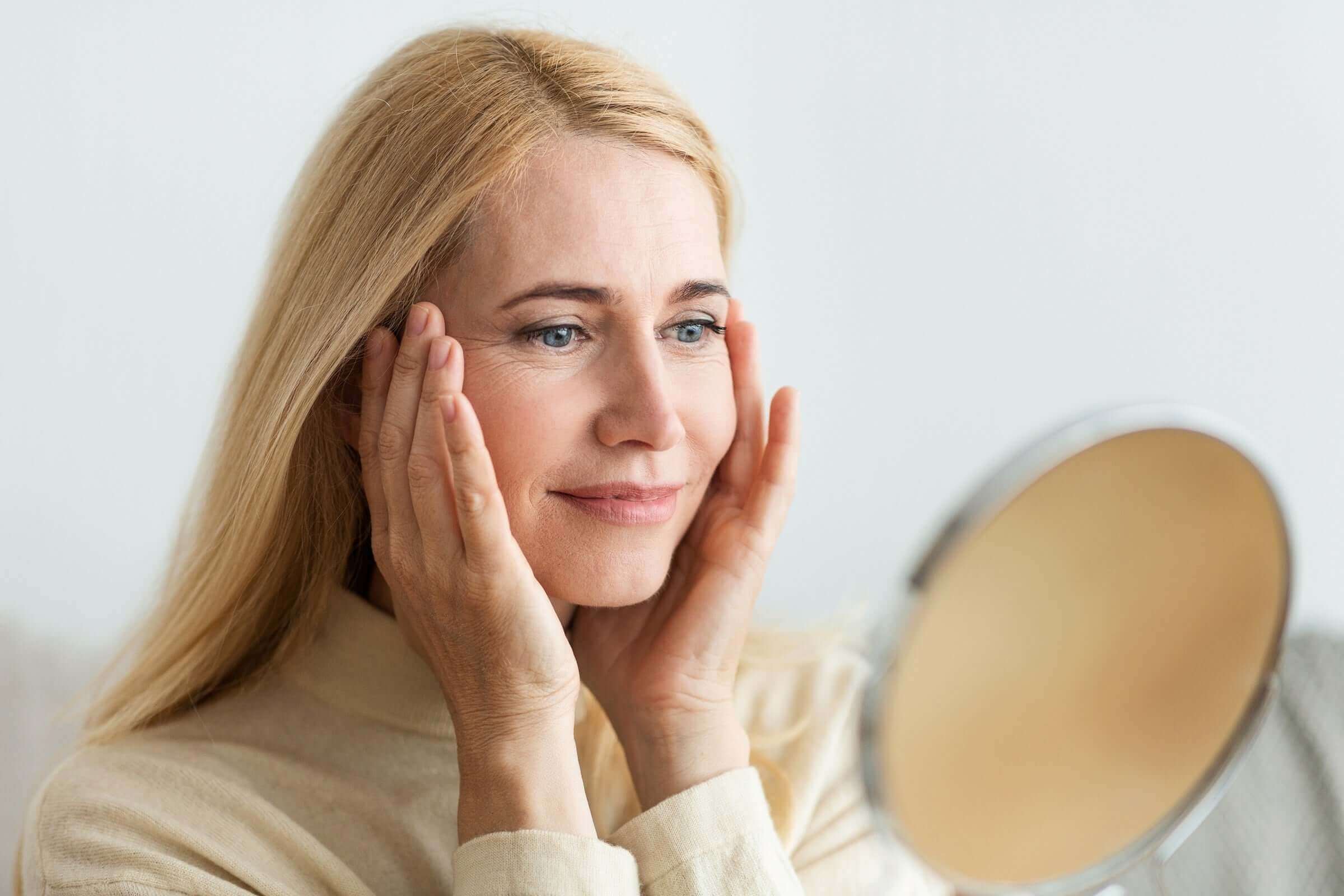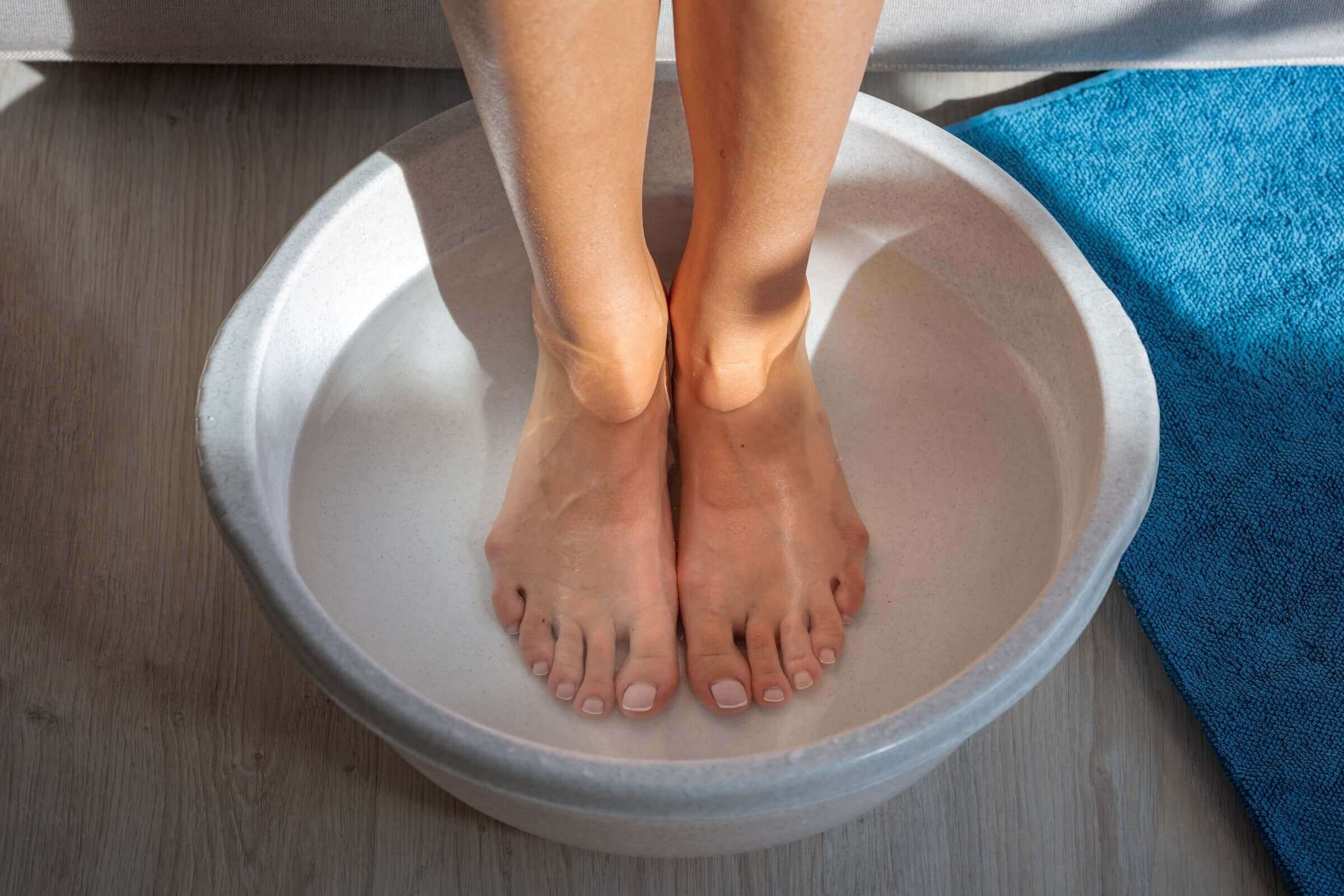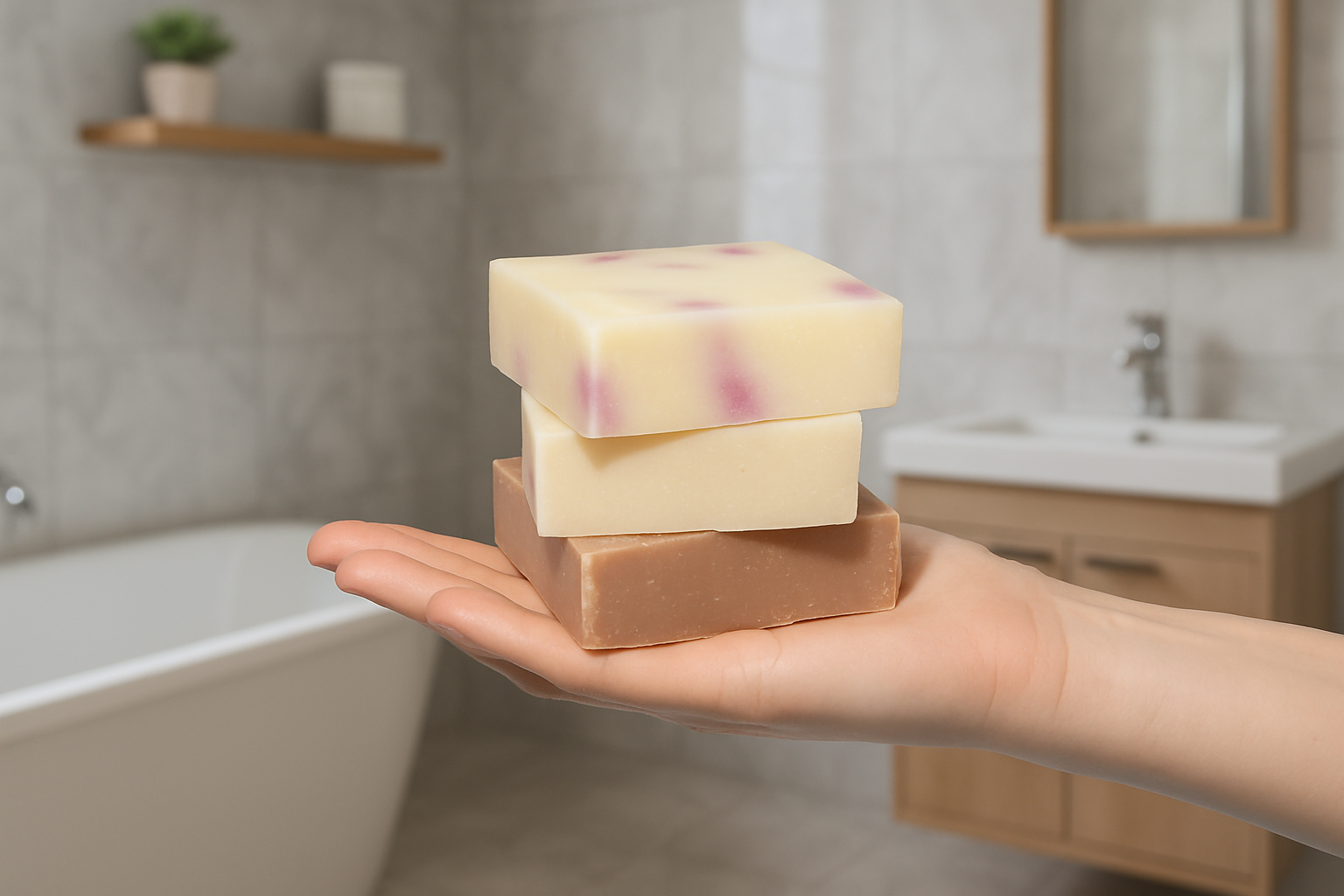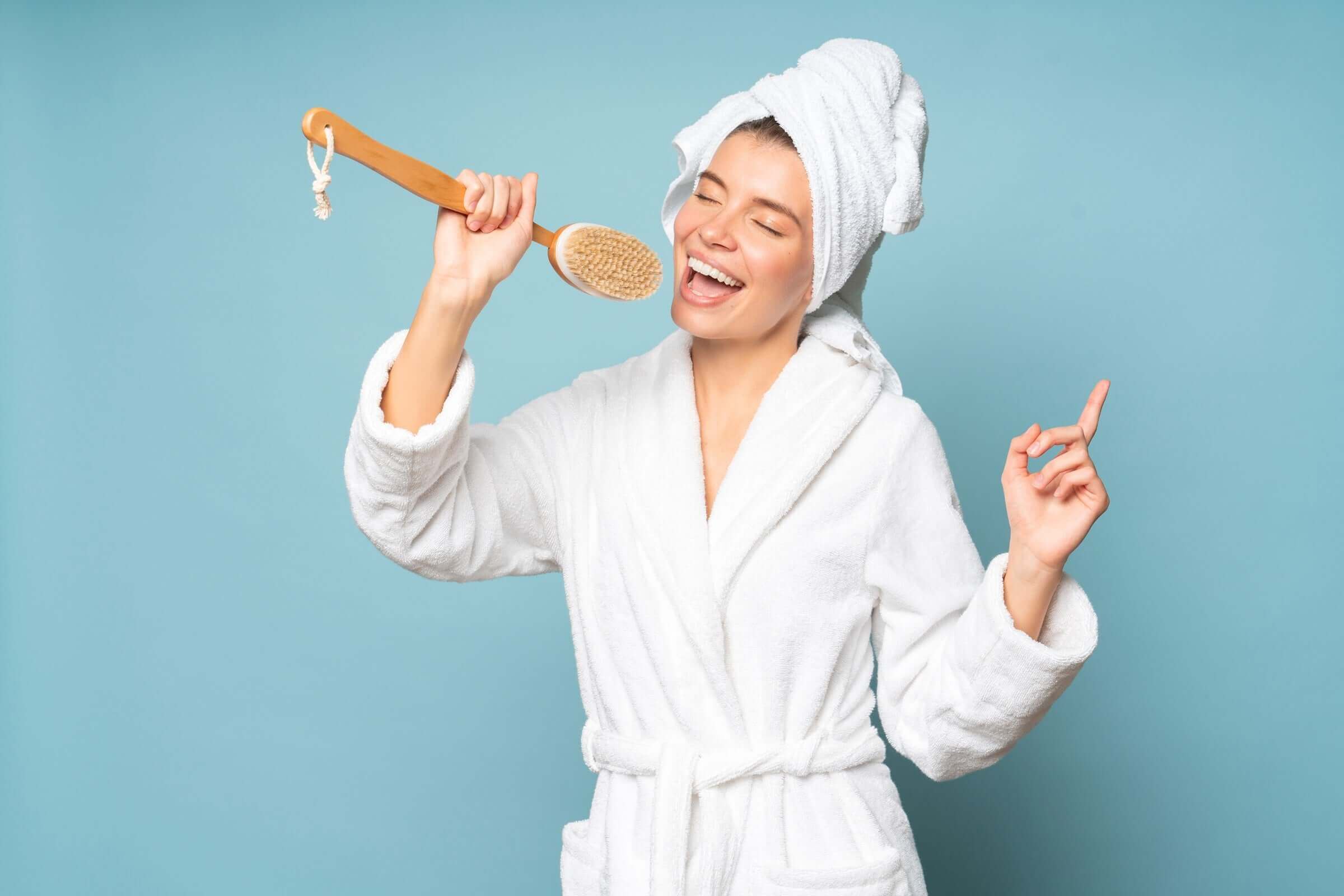Retinoids for Dummies: How to Apply Retinoids the Right Way

Retinoids have gained a reputation as a skincare miracle for the wonders they work on our skin. If you're new to retinoids and eager to revamp your skincare routine but uncertain about where they fit in, we're here to help!
Understanding Retinoids: What Are They?
Retinoids are a class of compounds derived from Vitamin A that are widely known for their remarkable skin benefits. They come in various forms, including prescription-strength retinoic acid (like tretinoin) and over-the-counter options like retinol, retinaldehyde, and retinyl palmitate.
Retinoids Versus Retinol
Retinoids shouldn't be mistaken for retinol despite their similarities in the broader category of skincare compounds. Retinoids are a group of compounds, including retinol, with retinol being one specific type—a more gentle form of retinoid that requires conversion in the skin to become active.
Benefits of Retinoids for Skin
- Anti-Aging Properties
- Retinoids are renowned for their ability to reduce fine lines, wrinkles, and signs of aging by stimulating collagen production and speeding up cell turnover.
- Acne Treatment
- They help unclog pores, reduce inflammation, and regulate oil production, making them effective in treating acne and preventing future breakouts.
- Improvement of Skin Texture and Tone
- Regular use can lead to smoother, more even-toned skin by minimizing hyperpigmentation, dark spots, and rough patches.
How to apply retinoids
When applying retinoid alongside other skincare products, a key strategy involves layering these products from lightest to heaviest consistency. This allows you to optimize the absorption of each product's active ingredients, allowing lighter formulations like serums to be absorbed first before applying heavier products such as retinoid cream. This sequence ensures that each product can work effectively without hindering the absorption or efficacy of the others
Here’s a step-by-step guide to using retinoids in your skincare routine:
Step 1: Cleansing
Start by cleansing your face with a gentle, pH-balanced cleanser. This step removes impurities, dirt, and excess oil, preparing your skin for the next products. Pat your skin dry after cleansing.
Step 2: Toning
Use a toner to rebalance your skin's pH levels and remove any remaining traces of dirt or cleanser. Toning helps prepare your skin to better absorb subsequent products.
Step 3: Applying Serum
When incorporating a serum into your skincare routine, it's beneficial to apply it before your retinoid. Serums often contain active ingredients that target specific skin concerns, like hydration, brightening, or anti-aging.
Serums usually have a lighter consistency compared to creams. Their formulation allows them to penetrate the skin more readily. By applying the serum first, you allow these active ingredients to be absorbed effectively, addressing specific concerns like hydration, brightening, or anti-aging.
Step 4: Retinoid Application
Wait a few minutes after applying the serum to ensure it has been absorbed fully. Then, take a pea-sized amount of retinoid and dot it on different areas of your face. Gently spread it over your skin, avoiding the eye area.
Begin by using retinoids once or twice a week to allow your skin to adjust. Gradually increase frequency as your skin gets accustomed to it.
Step 5: Moisturize
After allowing the retinoid to absorb for a few minutes, apply a moisturizer. This helps lock in moisture and minimizes potential irritation caused by retinoids. Choose a gentle, non-comedogenic moisturizer suitable for your skin type.
Always remember:
- Start with a lower frequency of retinoid usage (1-2 times per week) and gradually increase as your skin gets used to it.
- Allow a few minutes between applying different products. This helps each product penetrate the skin effectively without interference. It ensures that each product can work optimally and minimizes the risk of potential reactions when layering different ingredients.
- Avoid using retinoids with AHAs. Retinoids and AHAs (alpha hydroxy acids) can both be potent exfoliants and using them together can potentially lead to excessive irritation, redness, or sensitivity. It’s recommended to avoid using them simultaneously. If you want to include AHAs in your routine, use them on alternate nights from when you use your retinoid or seek guidance from a dermatologist.
- Only use retinoid at night before bedtime. Retinoids are photosensitive compounds, meaning they break down when exposed to sunlight. Using them at night reduces the risk of degradation, ensuring their stability and effectiveness on the skin without interference from sunlight. Additionally, nighttime use allows the skin to repair and regenerate while the retinoid works, enhancing its benefits.
- Sun protection is crucial! Retinoids can make your skin more sensitive to the sun. Always use sunscreen during the day to protect your skin from UV damage.
Following these steps and precautions can help you effectively incorporate retinoids into your skincare routine while ensuring optimal results and minimal irritation.
Tips for Success
- Patience is Key
- Results with retinoids take time. It can take several weeks to months before noticeable improvements in skin texture and appearance occur.
- Expect Some Side Effects
- Initially, you might experience dryness, redness, or mild irritation. These usually subside as your skin adjusts. If severe irritation persists, consult a dermatologist.
- Consistency Matters
- For best results, use retinoids consistently as part of your nighttime skincare routine.
- Combine with Hydration
- Hyaluronic acid-based products can help alleviate dryness associated with retinoid use.
Who Should Avoid Retinoids:
- Pregnant or breastfeeding individuals should avoid retinoids due to potential risks to the fetus or infant.
- Those with extremely sensitive or compromised skin should consult a dermatologist before using retinoids.
Where to buy retinoids?
Retinoids can be purchased over-the-counter at many drugstores or obtained via prescription from a dermatologist for stronger formulations.
If you're seeking a unique formulation, Tub Therapy's Rara A. Retinoid Repair Cream infused with Hydrolized Collagen and CBD is a notable option. Its potent combination of ingredients provides both anti-aging benefits and skin rejuvenation.
 An unusual yet potent formulation: Tub Therapy Rara A. Retinoid Repair Cream, $38 each
An unusual yet potent formulation: Tub Therapy Rara A. Retinoid Repair Cream, $38 each
The synergy among retinoid, hydrolyzed collagen, and broad-spectrum CBD in skincare can create a powerful combination for skin health and rejuvenation:
- Retinoid
- Retinoids, derived from Vitamin A, are renowned for their ability to stimulate collagen production and accelerate skin cell turnover. This leads to reduced wrinkles, fine lines, and improved skin texture. They also help in regulating oil production and clearing clogged pores, making them effective against acne.
- Hydrolyzed Collagen
- Collagen is a crucial protein responsible for skin strength, elasticity, and firmness. As we age, collagen production declines, leading to wrinkles and sagging skin. Hydrolyzed collagen, a broken-down form of collagen, is easier for the skin to absorb. Its application helps replenish lost collagen, improving skin elasticity and hydration, reducing the appearance of fine lines and wrinkles.
- Broad-Spectrum CBD
- CBD, derived from the cannabis plant, possesses anti-inflammatory and antioxidant properties. It can soothe irritated skin, reduce redness, and counteract free radical damage caused by environmental stressors. CBD's calming effects can also help alleviate skin conditions like acne and eczema. When used topically, CBD can enhance the skin's overall health and resilience.
Combining these ingredients in skincare formulations can offer a comprehensive approach to addressing multiple skin concerns, including aging signs, hydration, inflammation, and overall skin quality.
And to wrap it up...
When using retinoids, it's essential to note that individual skin types may respond differently to these ingredients, so it's advisable to perform a patch test or consult a dermatologist before incorporating them into your routine. Remember, everyone’s skin is different, so finding the right retinoid and routine tailored to your skin’s needs is crucial for achieving the best results.



